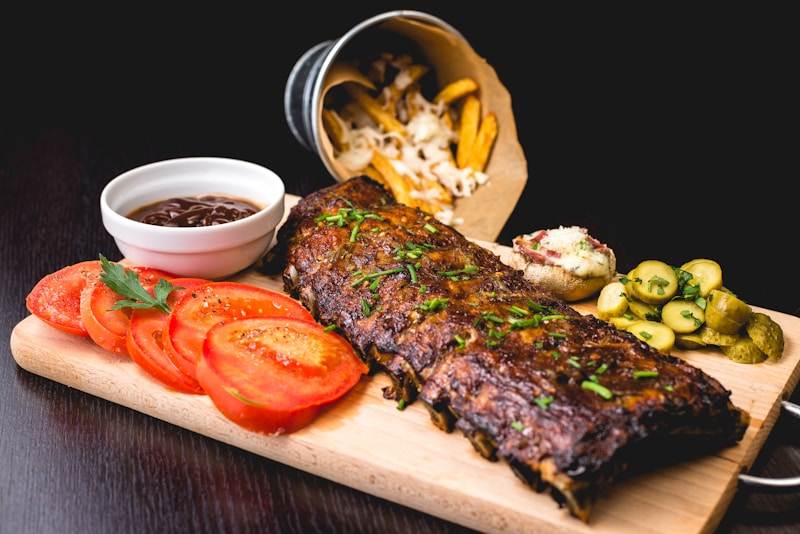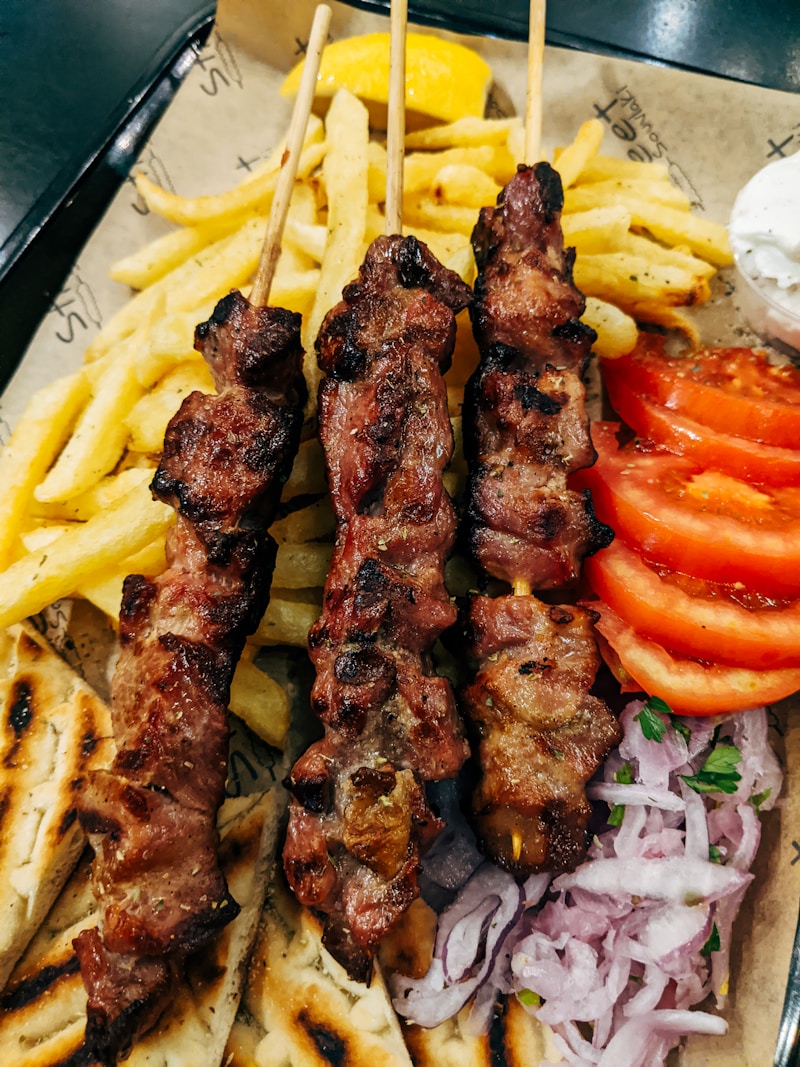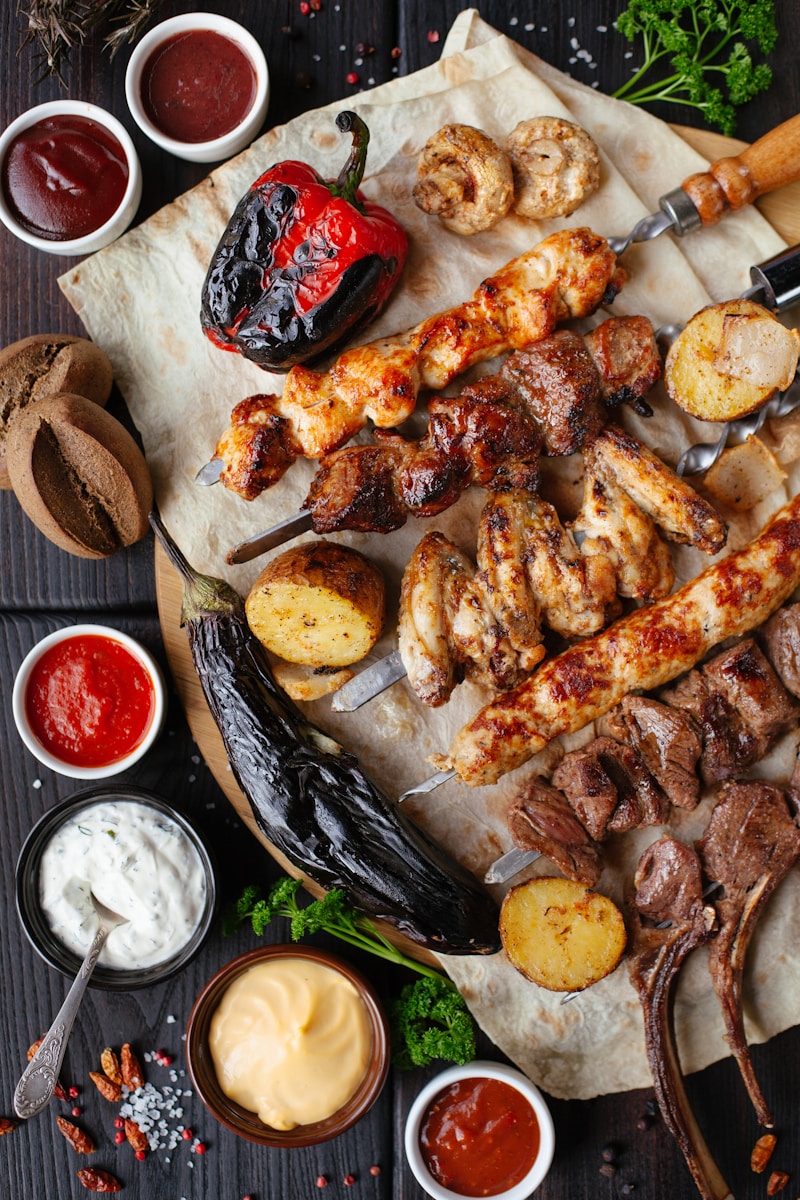The BBQ Brisket Blade: Your Essential Guide to Slicing Perfection

When it comes to barbecue, few things are as satisfying as a perfectly smoked brisket with a beautiful bark and tender, juicy meat. But even the best-cooked brisket can be ruined by poor slicing technique or the wrong knife. That's where the BBQ brisket blade comes in—a specialized tool designed to handle one of barbecue's most challenging cuts.
What is Brisket?

Brisket is a cut of meat from the breast or lower chest section of beef cattle. This particular cut consists of two main muscles: the flat (also called the first cut or lean cut) and the point (also called the second cut or deckle). These muscles support a significant portion of the animal's body weight, which means they contain substantial amounts of connective tissue and collagen.
Because of this tough connective tissue, brisket requires long, slow cooking methods—typically smoking or braising—to break down the collagen into gelatin, transforming the meat from tough to incredibly tender. The flat is leaner and more uniform in thickness, making it ideal for even slices, while the point is fattier and more flavorful, often used for burnt ends.
Brisket has become synonymous with American barbecue culture, particularly in Texas, where it's considered the ultimate test of a pitmaster's skill. The cut typically weighs between 10 and 20 pounds before cooking, making it perfect for feeding a crowd.
What Meats Are Ideal for Brisket?
This question involves a bit of clarification. Brisket itself is a specific cut of beef, but the cooking method and knife techniques used for brisket can be applied to similar cuts from other animals.
Traditional Brisket: The most common and ideal meat for true brisket is beef. Specifically, USDA Choice or Prime grade beef brisket offers the best balance of marbling, flavor, and tenderness. The intramuscular fat melts during the long cooking process, keeping the meat moist and adding rich flavor.
Alternative Cuts with Similar Characteristics: If you're looking for meats that benefit from similar low-and-slow cooking methods and would be sliced with a brisket knife, consider:
- Pork Shoulder or Boston Butt: While traditionally pulled rather than sliced, these cuts can be sliced when cooked as a roast
- Lamb Breast: The lamb equivalent of beef brisket, offering similar texture and requiring similar cooking techniques
- Beef Chuck Roast: Contains similar connective tissue that benefits from slow cooking
- Tri-Tip: A leaner cut that's often smoked and requires precise slicing against the grain
- Corned Beef: Typically made from brisket, this cured version benefits from the same slicing technique
The key characteristic these cuts share is the presence of long muscle fibers and connective tissue that require careful slicing against the grain to achieve tenderness in the final serving.
How Long Does a Brisket Knife Need to Be?

A proper brisket knife is not just about length—though that's certainly important. The ideal brisket blade should be between 12 and 14 inches long, with many pitmasters preferring knives on the longer end of this spectrum.
Why Length Matters: The extended blade length serves several critical purposes. First, a full brisket can be quite wide, especially before trimming, and you need enough blade to slice across the entire width in one smooth, continuous motion. Short, sawing motions create ragged edges and tear the meat fibers rather than cleanly cutting through them. Second, the long blade allows you to maintain a consistent angle throughout the cut, which is essential for uniform slice thickness. Third, when working with a large, hot piece of meat fresh off the smoker, the extra length keeps your hands at a safer distance from the heat.
Other Important Blade Characteristics:
Beyond length, a quality brisket knife should have a flexible blade. This flexibility allows the knife to follow the contours of the meat and navigate around bones or fat caps with precision. The blade should also be relatively narrow (typically 1 to 1.5 inches wide) to reduce drag as it moves through the dense meat.
A pointed tip is preferred for detailed work, such as separating the point from the flat or trimming away excess fat. The blade should be razor-sharp, as a dull knife will tear and compress the meat rather than slicing cleanly through the tender fibers.
Many professional pitmasters prefer knives with a Granton edge (the scalloped indentations along the blade), which creates air pockets that prevent the meat from sticking to the knife. This is particularly useful when slicing against the grain for presentation.
Handle Comfort: Don't overlook the handle. You'll be making dozens of slices, so ergonomic comfort is essential. Look for handles that provide a secure grip even when your hands are greasy from handling meat.
Choosing Your Brisket Blade
When selecting a brisket knife, consider your specific needs. If you're primarily slicing for family meals, a 12-inch blade will suffice. Competition pitmasters and those regularly handling large packer briskets often prefer 14-inch blades for maximum versatility.
Quality matters significantly with brisket knives. A well-made knife from a reputable manufacturer will hold its edge longer, provide better balance, and last for years with proper care. Popular choices among barbecue enthusiasts include brands like Victorinox, Dexter-Russell, and specialized barbecue knife makers.
Remember to keep your blade properly sharpened and cleaned after each use. A sharp brisket knife is safer and produces far superior results than a dull one.
Conclusion

The BBQ brisket blade is an investment in your barbecue craft. While it's possible to slice brisket with a standard kitchen knife, a proper brisket blade transforms the task from a frustrating chore into a satisfying finish to hours of careful cooking. Whether you're a backyard enthusiast or aspiring pitmaster, choosing the right knife—typically 12 to 14 inches with a flexible, sharp blade—will help you showcase your perfectly smoked brisket with clean, beautiful slices that do justice to all your hard work.
After all, you've spent 12 to 18 hours tending your fire and monitoring your temperatures. Don't let the final step ruin the masterpiece you've created. Invest in a quality brisket blade, practice your technique, and slice with confidence.




